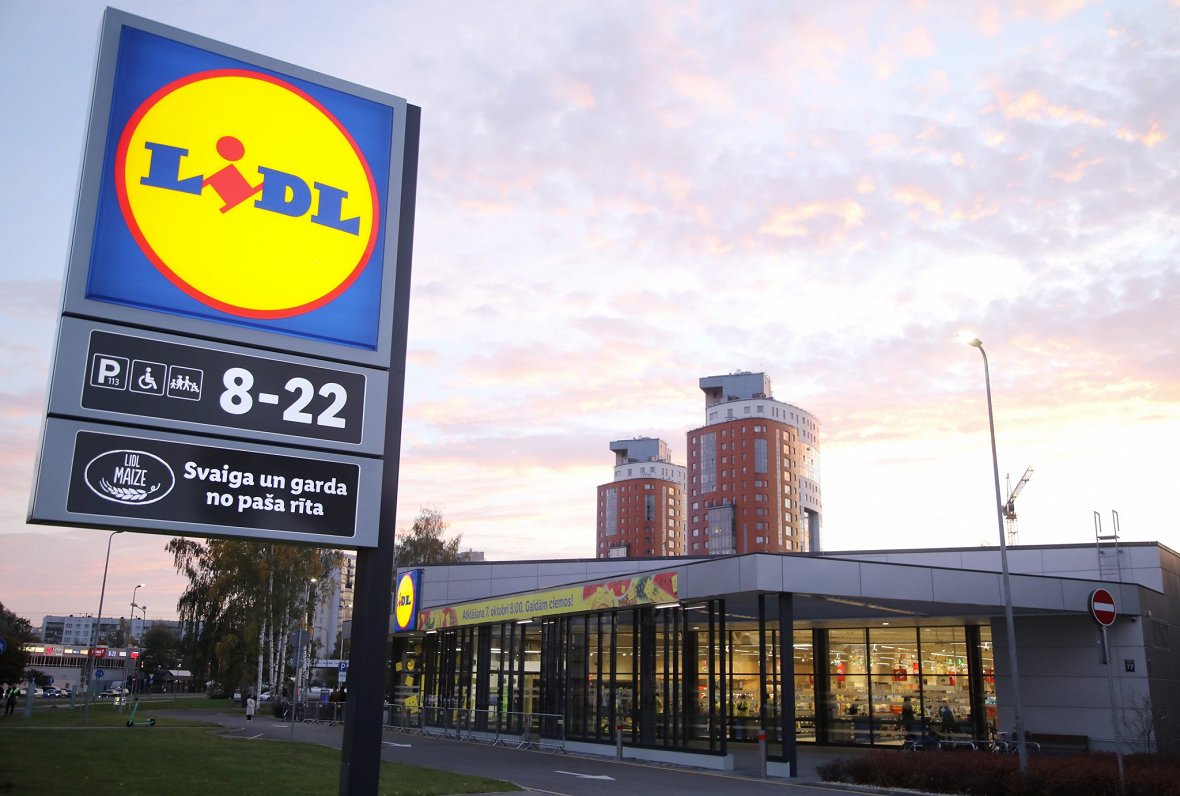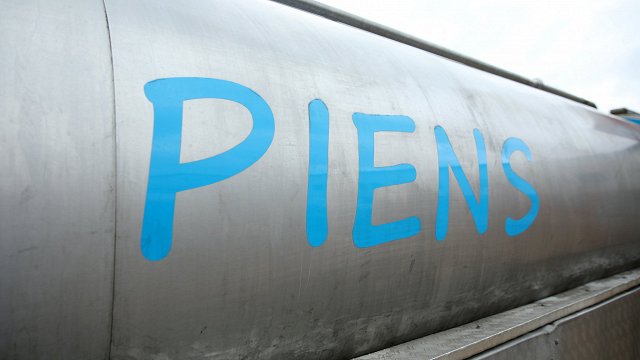Market structure
After 2017, Rimi and Maxima strengthened their market positions in the Latvian market, which was also influenced by Prisma Latvija's decision to exit the Latvian market, leaving vacancies in several multifunctional shopping centers.
In 2018, Rimi and Maxima also started to expand into the small or express store sector, thus intensifying competition in the local area.
During the Covid-19 crisis, consumers actively started to take advantage of e-shops. The combined market share of the two largest retail chains decreased significantly in 2022 due to changes in the market structure, together accounting for around 50%.
The market concentration index (HHI) between 2018 and 2021 showed a highly concentrated retail market for everyday consumer goods. However, from 2022 on, when the new entrant Lidl expanded in the Latvian market, the market concentration decreased significantly to a medium-concentrated market.
Limited competition in some Riga neighborhoods
According to the results of the consumer survey, more than 70% of consumers prefer Maxima and Rimi stores.
In most of Riga's neighborhoods, there is a relatively high level of competition in the retail market for everyday consumer goods, where at least six different brand stores operate. At the same time, in the center of Riga, Grīziņkalns, Iļģuciems, Jugla, and Pļavnieki districts,one chain of shops – Maxima or Rimi – occupies more than 40% of the relevant neighborhood market by turnover.
The Competition Council concluded that in these Riga neighborhoods, it would be necessary to promote competition and in the future special attention should be paid to merger transactions that affect the competitive situation in these neighbourhoods.
The share of Latvian products is not growing
The KP also focused on the impact of private labels in promoting the competitiveness of market players. The average share of private label turnover in total retail turnover in Latvia in 2022 was 20%, slightly above the global average (19.4%) but below the Western European average (36%). The presence of private labels, following a lower price strategy, provides an opportunity for a retailer to increase not only the market share of a given product category but also the retailer's own influence in a given market.
When analyzing the market shares of Latvian retailers in relation to the share of private label turnover, the KP concluded that private labels are more developed by the largest players, while certain buying groups have also expanded their private label assortment, which shows the importance of private labels in the context of more effective competition.
In contrast, the share of local products (both food and non-food) in the turnover of convenience retail chains varied between 2018 and 2022, ranging from 0-5% to 40-50%.
At the same time, there was no overall increasing trend in the share of local products.
In the KP's view, retailers should be more responsive to offers from national suppliers, reviewing the share of Latvian local products on their shelves, as well as reviewing their commercial strategy for markup of local products.






























